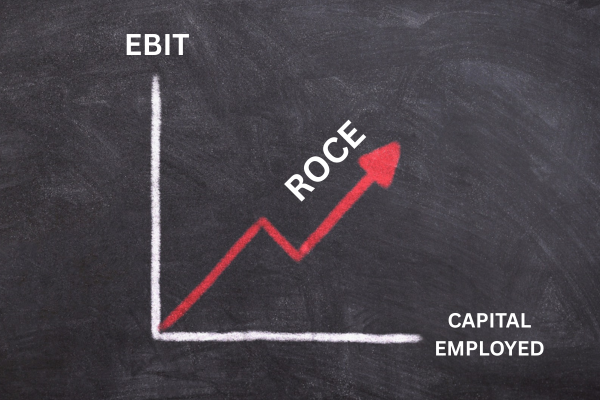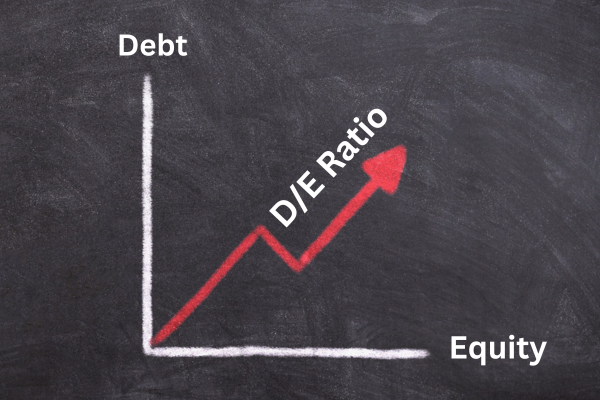Fundamental analysis is a powerful tool used by investors to evaluate a stock’s true worth based on its financial health, business performance, and economic environment. By examining key metrics like earnings, revenue, debt levels, and valuation ratios, investors can make informed decisions about which stocks to buy, hold, or sell. This method focuses on long-term growth and stability rather than short-term market fluctuations.
In this article, we’ll break down the top 10 essential metrics you must know to identify fundamentally strong stocks before investing in 2025. Ready to build a solid portfolio? Let’s dive in.
Table of Contents
What Is Fundamental Analysis?

Fundamental analysis is a method used by investors to evaluate a company’s financial health and determine its intrinsic value. It involves studying a company’s financial statements, such as income statements, balance sheets, and cash flow reports, along with industry conditions and economic factors. The goal is to assess whether a stock is overvalued or undervalued compared to its current market price.
Key indicators include earnings per share (EPS), price-to-earnings (P/E) ratio, return on equity (ROE), and debt-to-equity ratio. Fundamental analysis helps long-term investors make informed decisions by focusing on the company’s real performance rather than market speculation.
Top 10 Key Metrics for Identifying Strong Fundamental Stocks
Fundamental analysis is the process of evaluating a company’s financial health and intrinsic value. Whether you’re a beginner or a seasoned investor, understanding these key metrics can help you make smarter, long-term investment decisions.
Here’s a detailed breakdown of the top 10 metrics you should check before buying any stock:
1. Earnings Per Share (EPS)
EPS indicates the portion of a company’s profit allocated to each outstanding share.
Formula:EPS = (Net Income - Dividends on Preferred Stock) / Average Outstanding Shares
Why it matters: A growing EPS over time signals improving profitability. It’s often the first metric investors check to understand how much profit the company is generating per share.
Higher EPS = Stronger profitability and often a bullish sign.
2. Price-to-Earnings (P/E) Ratio
The P/E ratio compares a company’s current share price to its per-share earnings.
Formula:P/E Ratio = Market Price per Share / EPS
Why it matters: It helps you determine whether a stock is overvalued or undervalued.
A low P/E might mean the stock is undervalued, while a high P/E could indicate overvaluation — or high growth expectations.
Compare with peers in the same industry for better insight.
3. Price-to-Book (P/B) Ratio
The P/B ratio compares a stock’s market value to its book value (net asset value).
Formula:P/B Ratio = Share Price / Book Value per Share
Why it matters: It tells you what investors are paying for each rupee of net assets.
A P/B ratio below 1 may suggest the stock is undervalued — a potential bargain.
Especially useful for banks and asset-heavy companies.
4. Return on Equity (ROE)
ROE measures how efficiently a company uses shareholder funds to generate profit.
Formula:ROE = Net Income / Shareholder's Equity
Why it matters: A high ROE indicates efficient management and profitability.
Look for consistent or growing ROE over 3–5 years.
A strong ROE is often a sign of a quality business.
5. Debt-to-Equity (D/E) Ratio
D/E ratio shows the proportion of debt and equity used to finance a company’s assets.
Formula:D/E Ratio = Total Liabilities / Shareholders' Equity
Why it matters: A low D/E suggests lower financial risk.
Too much debt can lead to solvency issues, especially in downturns.
Ideal D/E ratio varies by industry. Compare with peers.
6. Free Cash Flow (FCF)
Free Cash Flow is the cash remaining after operating expenses and capital expenditures.
Formula:FCF = Operating Cash Flow - Capital Expenditures
Why it matters: Positive FCF allows companies to reinvest, pay dividends, or reduce debt.
It shows real profitability beyond accounting profits.
Healthy FCF = long-term business sustainability.
7. Revenue Growth
Measures how a company’s sales increase over time.
Formula:Revenue Growth % = ((Current Revenue - Previous Revenue) / Previous Revenue) × 100
Why it matters: Continuous growth in sales is a strong indicator of business expansion and market demand.
Look for consistent growth across several quarters or years.
8. Operating Margin
This tells you what percentage of revenue turns into operating profit.
Formula:Operating Margin = Operating Income / Revenue × 100
Why it matters: A higher operating margin indicates better cost control and pricing power.
Compare across time and within industry benchmarks.
9. Current Ratio
This metric assesses a company’s short-term liquidity — its ability to cover short-term liabilities.
Formula:Current Ratio = Current Assets / Current Liabilities
Why it matters: A current ratio > 1 indicates the company can cover its obligations.
Too high a ratio may suggest inefficient use of assets.
Ideal range: 1.2 to 2.0.
10. Dividend Yield
Shows how much a company pays in dividends relative to its share price.
Formula:Dividend Yield = (Annual Dividend / Share Price) × 100
Why it matters: Attractive for income investors. A higher yield with consistent dividend payments signals a mature, stable company.
Great for passive income and portfolio diversification.
Why Fundamental Analysis Matters in 2025
With volatile markets and global economic uncertainty, fundamental analysis continues to be a reliable approach for identifying quality stocks. It helps investors:
- Understand a company’s true value
- Avoid overhyped or risky stocks
- Build a resilient, long-term portfolio
- Align investments with financial goals
Tips to Apply Fundamental Analysis Effectively
- Compare companies within the same sector.
- Look for trends in metrics over several quarters or years.
- Combine with qualitative analysis: management quality, business model, competitive advantages.
- Use screening tools and financial websites for easier analysis.
- Keep updated with earnings reports, market news, and economic indicators.
Tools to Use for Fundamental Analysis
- Screener.in and Tickertape (India)
- Yahoo Finance, Google Finance
- TradingView for chart-based support
- Brokerage platforms like Zerodha, Groww, Angle one or Upstox
Fundamental analysis gives investors a robust framework for making smart, long-term investment decisions. By focusing on these 10 key metrics, you can gain a deeper understanding of a company’s potential and avoid common investing pitfalls.
Mastering this approach requires time and practice, but the rewards can be substantial. Whether you’re looking to build wealth, save for retirement, or diversify your portfolio in 2025, fundamental analysis is your best ally.
Frequently Asked Questions (FAQs)
Q1: How to pick fundamentally strong stocks using screener?
Use Screener.in to filter stocks by high ROE, low debt, consistent earnings, and growth ratios for fundamentally strong picks.
Q2: Which is the most successful stock indicator?
The most successful stock indicator is the Moving Average Convergence Divergence (MACD) due to its reliability in spotting trend changes.
Q3: How to know if a stock is undervalued or overvalued?
Compare a stock’s current market price to its intrinsic value using metrics like P/E ratio, PEG ratio, and P/B ratio.





